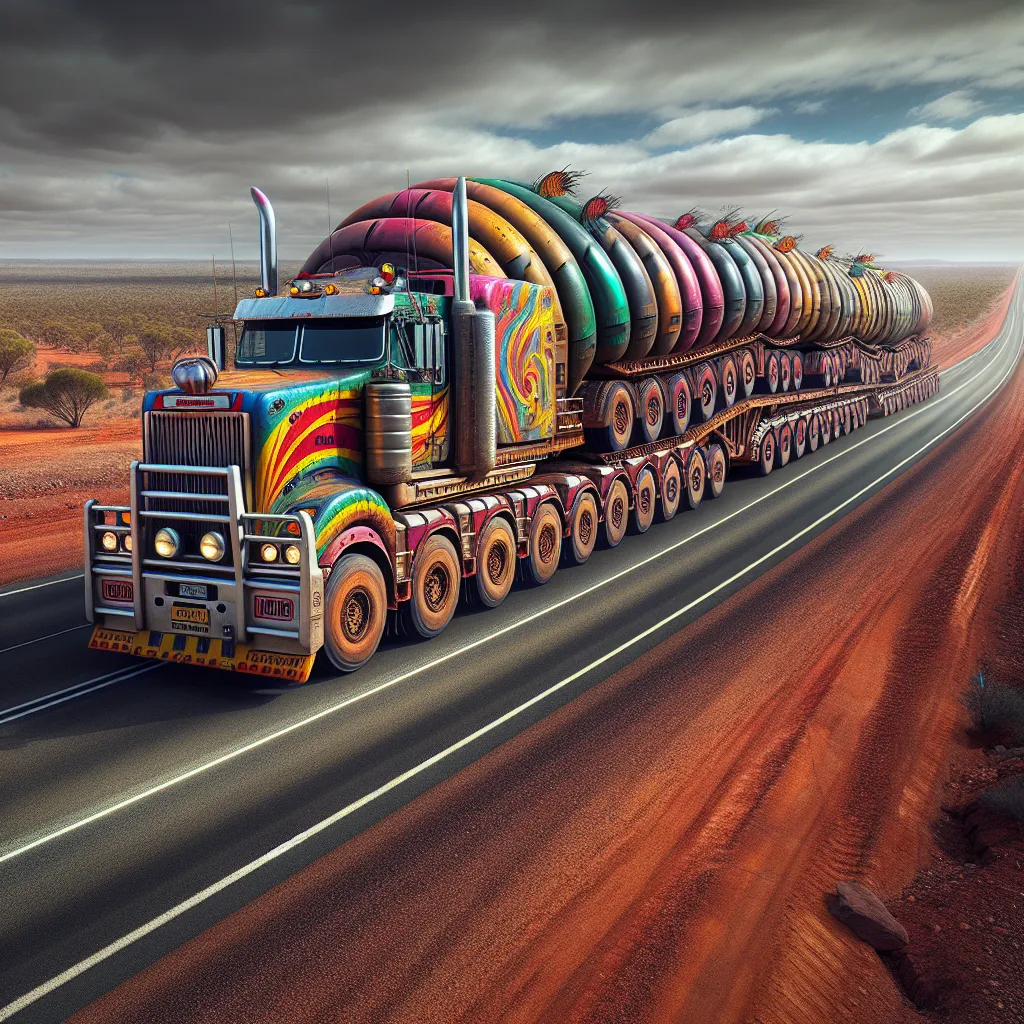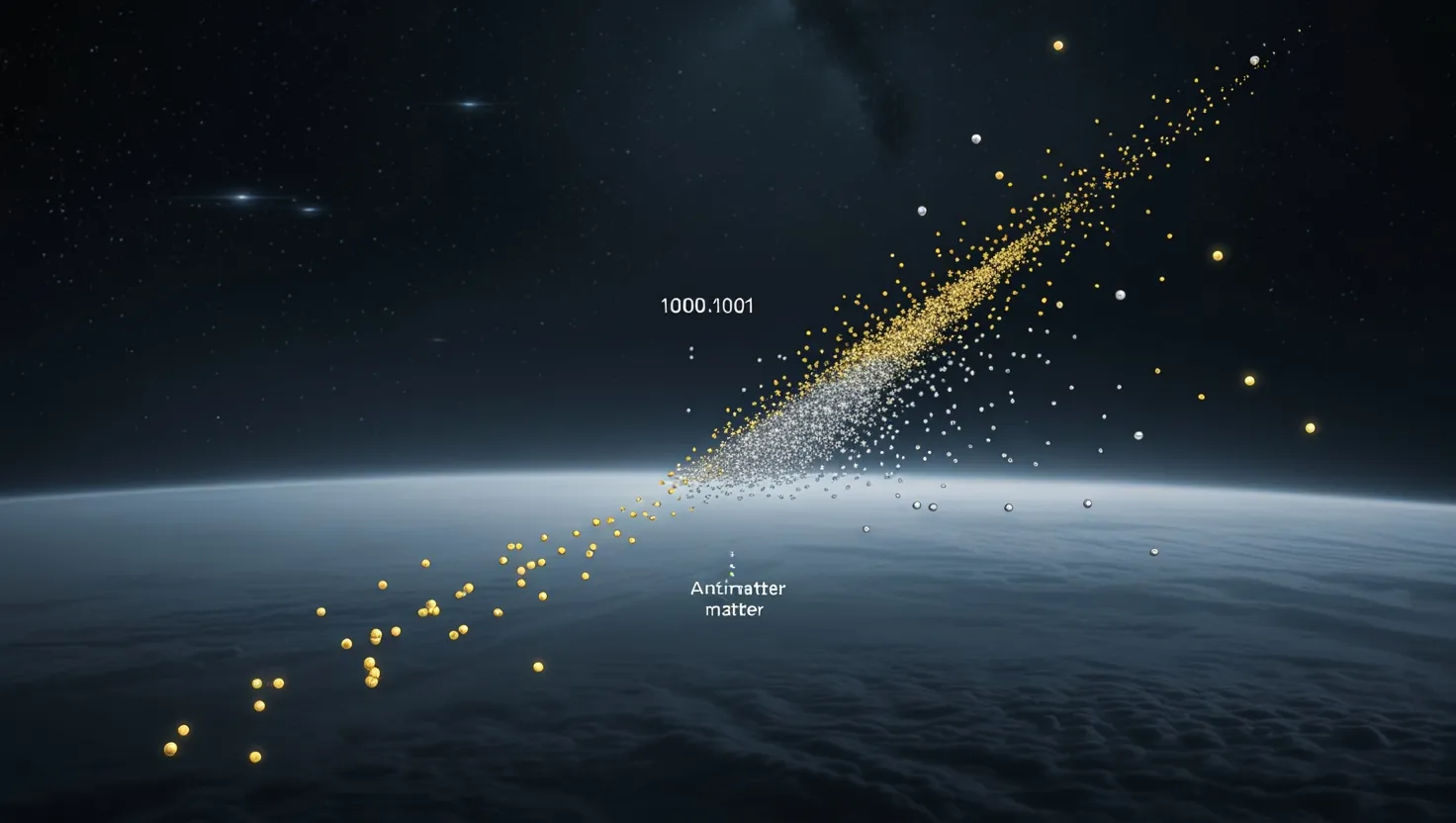In Australia, trucks regularly traverse vast distances across rugged terrain, especially in the outback. These areas are so remote that a unique kind of truck is required—several trailers are joined together to form what is known as a road train. The straight, empty roads of the outback are perfect for these giant vehicles, which are often essential for delivering valuable resources from remote mines and farms to the more populated coastal cities.
One striking example is an Australian mining company that operates the Centipede, a custom-built, 205-ton, 160-foot long truck. This behemoth, also known as the 3B, is equipped with an 18-speed gearbox and a 550 horsepower engine. It sports 110 wheels on 28 axles and can carry over a ton of fuel. The Centipede works tirelessly, transporting zinc ore from a mine in the Northern Territories to a port hundreds of miles away. In a year, it can haul a quarter of a million tons, making it indispensable to the industry. The mining company is so satisfied with the Centipede’s performance that they have built another one, creating a duo of these mega trucks.
But trucks don’t have to be as long as road trains to carry massive loads. One remarkable example is a 75-foot high building weighing 1790 tons, which was transported using a completely different kind of truck. A company that specializes in moving enormous loads engineered this marvel using self-propelled modular transporters. These transporters can be configured in various ways to handle different weights and sizes, with wheels that can turn 360 degrees independently. This design allows them to move forwards, backwards, sideways, diagonally, or even in a circle—all controlled by a single operator.
In Malaysia, this technology was put to the test while transporting a 500-ton gas tank over 15 miles. The entire operation was managed by just one driver with a control box featuring two joysticks. These joysticks, connected to a network of computers, provided the propulsion, steering, and height adjustments needed for the task. After an all-day effort, the 165-foot long tank reached the port and was loaded onto a ship. This system’s modular concept means that it can potentially carry even larger loads, demonstrating that with the right technology, the impossible becomes possible.
Australia’s reliance on these extraordinary machines is clear, and with new innovations, the future promises even longer and more capable road trains and transport systems.






